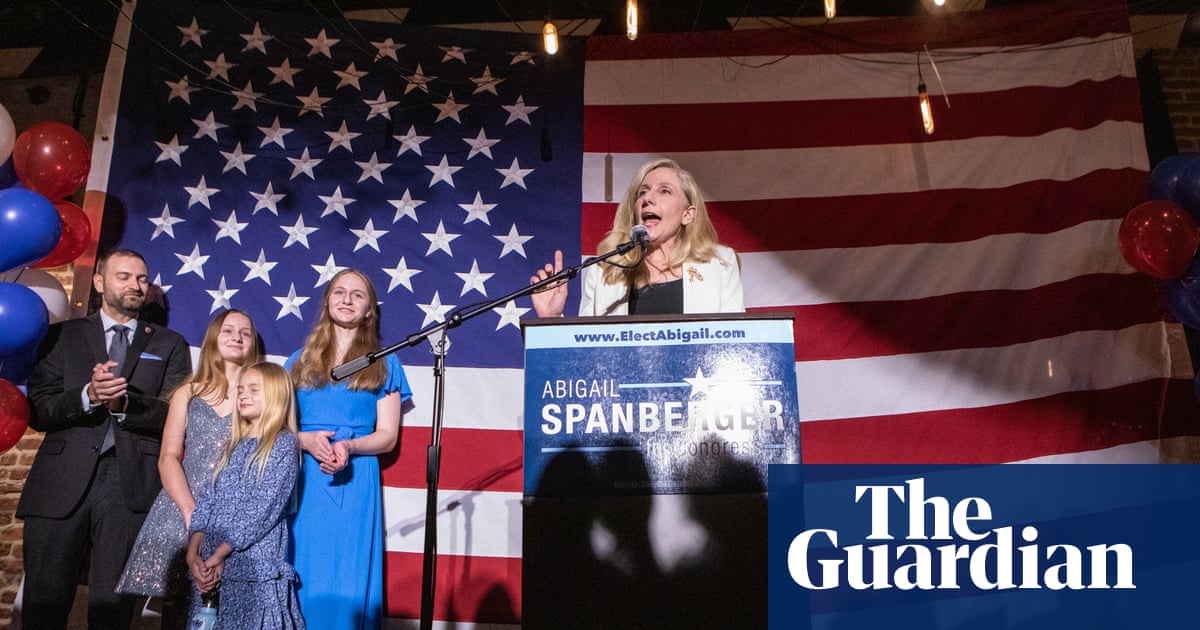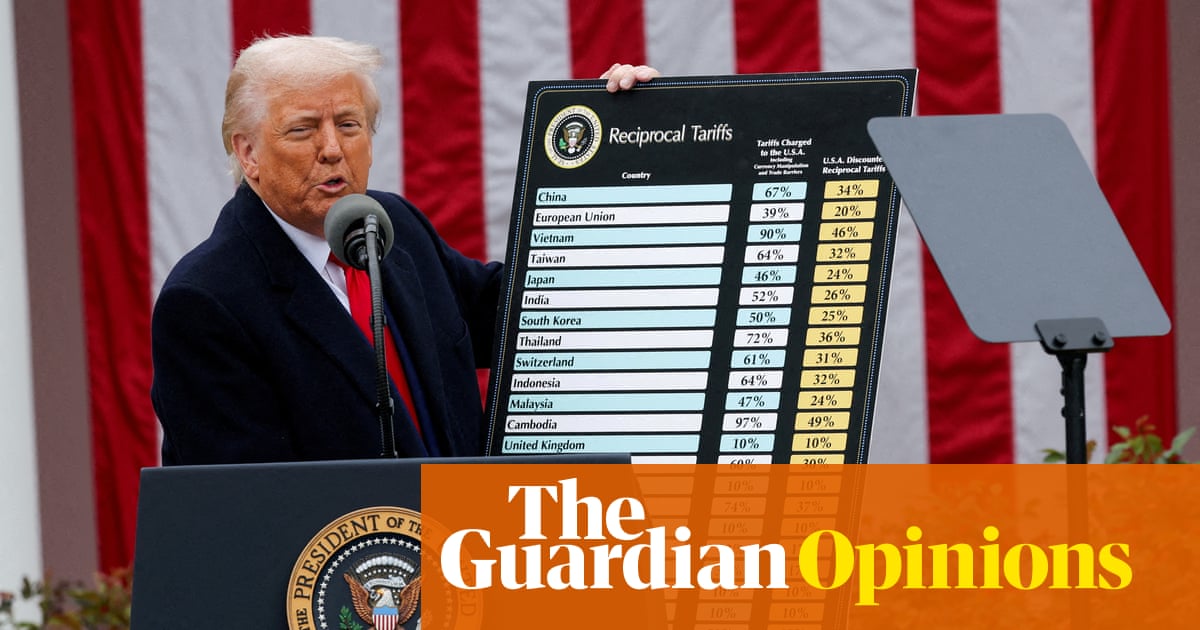“This is very messed up. If Trump wants Cambodia to import more American goods: look, we are just a very small country!”
Khun Tharo works to promote human rights in the Cambodian garment sector, which employs about 1 million people – many of them women.
“I think they are very concerned about their jobs, and I think they are very concerned about their monthly pay cheque. And that has significant effects on the livelihoods of their dependent family,” says Tharo, programme manager at the Centre for Alliance of Labor and Human Rights (CENTRAL), a Cambodian workers’ rights organisation.
One of the most wilfully destructive aspects of Donald Trump’s shock and awe trade policy is the imposition of punitive tariffs on developing countries across Asia, including rates of 49% for Cambodia, 37% for Bangladesh, 48% for Laos.
For decades Washington had championed economic development through trade. Now, at the same time as slashing overseas aid budgets and retreating from its role in supporting developing nations, it is ripping up that idea entirely.
In its place, Trump intends to impose his will on the US’s trading partners. Some are all but powerless to exact concessions, given their small size, and dependence on the mighty American market. Cambodia hastily offered to cut tariffs on US goods on Friday, in a bid to propitiate Washington.
Contrary to Trump’s bombast about the US being “pillaged”, the tariffs are not in any sense “reciprocal”.
Instead, they relate to the size of the US goods trade deficit with each country, and the value of its exports. (Side note: the 10% paid by the UK has nothing to do with Labour’s negotiating flair – it just came out of the fact that Britain buys about as much stuff from the US as it sells the other way).
Ironically, many of the countries in the global south hit by Trump had benefited from preferential schemes offering low or zero tariffs, precisely because building up exporting capacity is an accepted path to development.
Alice Oyaro, the chief executive at the charity Transform Trade, which works with producers in some of the worst-hit countries, says: “Our biggest concern is that the additional costs are pushed down to those in the supply chain who are least able to pay. Small farmers exporting everything from green beans to cocoa, and women workers in Bangladeshi factories are already finding it hard to make ends meet. They will see their incomes squeezed even more.”
Tiny Sri Lanka, which has an economy 0.3% of the size of the US’s, faces a 44% tariff despite being bailed out by the International Monetary Fund two years ago and continuing to negotiate debt restructuring deals with its creditors.
“It’s a highly vulnerable situation,” says Ajith D Perera, the chair of the Asia Pacific Trade Agreement (APTA) Chamber of Commerce and Industry. “Sri Lanka will lose export income and see a hit to GDP and employment – and that comes at a time when it is just coming out of bankruptcy.”
He fears the scale of the tariffs could compromise Sri Lanka’s ability to meet the conditions of the IMF bailout deal. Trade is meant to be a key prop for growth, as it rebuilds its shattered economy.
“I think the fundamentals have been challenged by the US decision,” he says. “25% of Sri Lanka’s exports go to the US and 70% of that is garments. I think the government needs to start discussions with the IMF immediately.”
As his warning suggests, there is a risk that a grim side-effect of Trump’s trade war will be to exacerbate the debt crises already hitting heavily indebted poorer nations.
Even countries that have escaped the most punitive tariff rates could still be hit hard if the prospect of a global downturn depresses the value of the commodity exports on which many rely.
Keir Starmer and other leaders of the developed world have been preoccupied with their own domestic responses since Wednesday’s bombshell briefing in the White House Rose Garden.
But the severity of the probable impact for the global south calls for a concerted approach, too – albeit one that will have to bypassWashington.
Most of the hardest-hit countries can already trade tariff-free with major markets under projects such as the EU’s Everything But Arms programme and the UK’s Developing Countries Trading Scheme, which are designed to help the poorest nations to develop through trade.
But if Trump’s tariffs stick, multinational brands focused on the US are likely to switch production rapidly to countries hit with lower rates. One garment buyer in India told me on Friday she was already hearing of factory owners in Bangladesh being told by US brands that they would now be manufacturing their sweaters in Peru, which has a rate of just 10%.
The social dislocation in some of these hardest-hit economies could be profound, if such rapid shifts result in mass layoffs.
And the case for debt write-offs, already clear, may become all the more pressing, if the resulting the looming global downturn sweeps vulnerable countries over the edge.
The fact that the British government’s deep cuts to the aid budget now sit alongside a probable global economic downturn and heavy US penalties for exporters in developing countries makes that decision all the more shameful.
Back in Cambodia, Tharo says: “The industry right now seems to be in a little bit of a hectic situation. The government is also extremely worried because they are not seeing any alternative markets at the moment. And we don’t have significant goods to be exported to any other country.
“Trump doesn’t care,” he sighs.

 German (DE)
German (DE)  English (US)
English (US)  Spanish (ES)
Spanish (ES)  French (FR)
French (FR)  Hindi (IN)
Hindi (IN)  Italian (IT)
Italian (IT)  Russian (RU)
Russian (RU)  1 day ago
1 day ago
























Comments